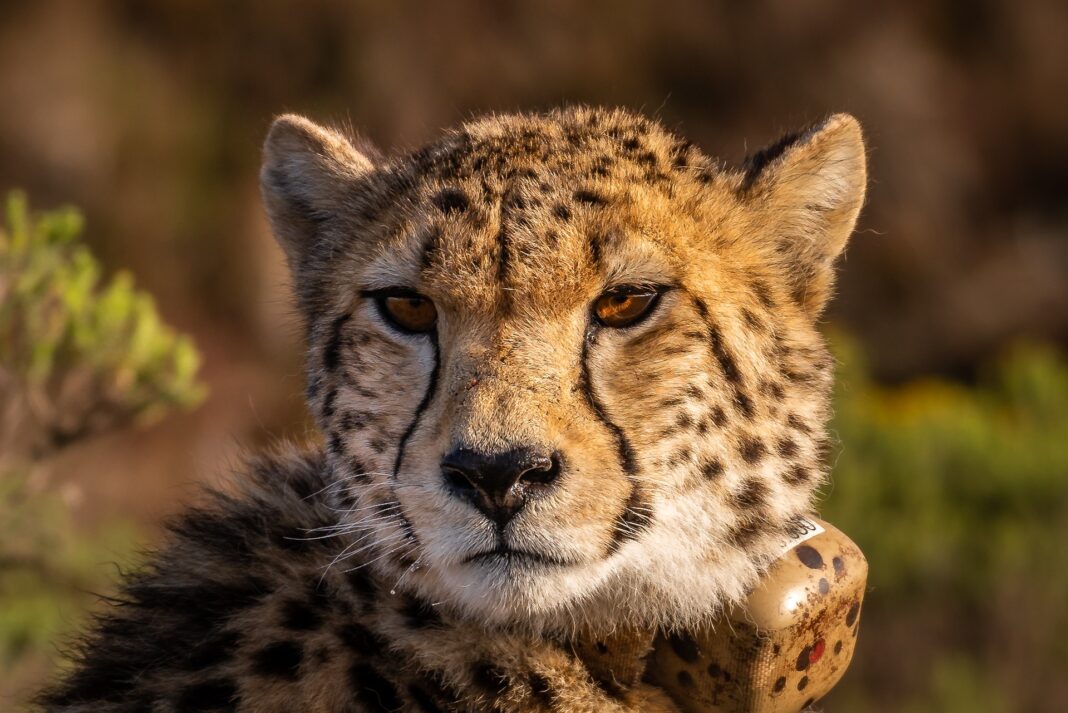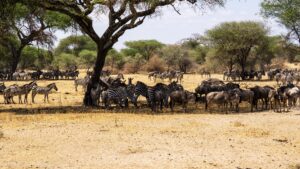
Featured Image by Andreas Göllner from Pixabay
According to the World Wildlife Fund, a non-profit charitable organization with missions around the world, cheetahs are distinct big cats that can reach around 65 miles per hour. With “narrow shoulder blades” and “long limbs,” they are truly one of a kind. Cheetahs cannot ferociously roar, but they communicate through purring and other methods.
Threats to Cheetahs
The number of wild cheetahs worldwide is approximately 6,500, with most cheetahs living in southern and eastern Africa nowadays. The current range cheetahs reside is only about ten percent as compared to historically, but cheetahs have adapted as a species to many habitats, including “grasslands” and “deserts.”
A Keystone Species
Cheetahs are important for the ecosystem they are found in. As an apex predator, cheetahs are located at the very top of the food chain, playing an important role in “regulating the food chain,” and making sure to keep the population of herbivores in check. Cheetahs have “a diverse diet,” and in addition to their classic impala prey, they also could make food out of birds, gazelle, or even small ungulates (these would include animals similar to zebras).

It is interesting to think of cheetahs as benefiting certain other species in the ecosystem, though cheetahs themselves might not want those other species to be helped. What am I talking about? Well, consider the fact that cheetahs are very skilled at hunting. However, the prey that is killed by cheetahs often do not get fully eaten by them; instead, they get stolen by other scavengers, like vultures, or other predators like hyenas. Therefore, cheetahs also support the food web in a unique way!
Cheetahs’ “Social Structure”
Female cheetahs usually live independently or with their newborn cubs. The cubs leave their mother after they turn about a year and a half in age. On the other hand, males either live alone or with a few other males, called “coalitions.” The male cheetahs love to establish their own territories, and these could even be as large as 20 square miles–very expansive in size!
Threats to Cheetahs
Like many other biological species under the threat of extinction, habitat loss, poaching, and climate change all put strain on cheetah populations. Cheetahs are especially vulnerable to habitat loss; due to “their low population density,” cheetahs usually require larger lands to survive. This makes them more susceptible to being disrupted by human expansion, turning wild land to be developed for other uses.
Poaching is a serious problem for cheetah populations. Cheetahs are frequently hunted for their furs, or even to be displayed as “trophies.” Another serious concern for cheetahs is the pet trade that is present in many parts of the world.
A Response
The WWF is responding to these crises. Through their Living with Big Cats initiative, the WWF supports local partners to “monitor and study the movement of big cat populations.” This would allow for better ideas on how to protect natural habitats for cheetahs, thus reducing the stress placed on cheetah populations due to habitat loss. They are also working to secure crucial corridors in Africa to protect approximately 15% of all the wild cheetahs in the world.
Addressing the pet trade crisis, the WWF uses technology to broadcast the severe consequences of illegal trading on the animals getting traded, as well as the ecosystems these animals naturally reside in.
Conclusion
For many, cheetahs are symbols of prowess, power, and swiftness. However, it is important to realize that cheetahs are extremely vulnerable in the present day, given the human development in the last decades. If we want to continue to admire this species, it is certainly in our best interests to protect them from extinction. Often, gaining awareness of the issue is the first step to making a difference in resolving it. Cheetahs are truly unique and amazing creatures!
